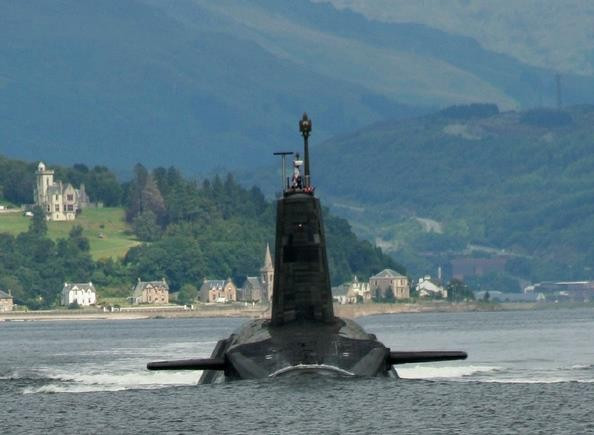Defence Spending: NAO Warns of Cost Overruns

The ministry of defence's claims of introducing an affordable £159bn defence equipment spending plan for the next ten years has elicited reserved reception from the government spending watchdog, the National Audit Office (NAO), saying that the MoD has undervalued the impact of budget overruns again, which could curtail spending for the armed forces in the future.
The decade-long defence spending programme includes £35.8bn for procurement of the latest installment of nuclear-powered submarines. Around £18bn has been earmarked each for the RAF and the Royal Navy to purchase fifth generation combat fighters and Royal Navy warships, including Queen Elizabeth Class aircraft carriers.
The 10-year defence spending plan has allocated £4.8bn as contingency fund and a further £8bn of contingency fund for unforeseen procurement of new equipment outside the current core programme. The contingency fund excludes the £8.4bn of risk-buffer already attached to individual schemes under the current programme entitled Equipment Plan 2012 to 2022.
The NAO has warned that the contingency fund reserved for unexpected expenses is rather conservative. Reviewing the government's defence spending plan for the next decade, said: "There is systemic over-optimism inherent in the department's (MoD) assumptions around the costing of risk and uncertainty... which may not be sufficiently mitigated by the contingency provision."
The NAO also criticised the MoD's over-emphasis on procuring equipment, which accounts for 54% (£86bn) of the total defence budget. The independent watchdog said that the department failed to quantify equipment supporting costs, saying that the defence plan was "unlikely to be realistic" as it had overlooked a risk and uncertainty analysis.
The plan also does not include the current expenditure incurred by the Treasury in procuring arms and ammunition under urgent operational needs for the war in Afghanistan.
In 2011, the MoD's internal Cost Assurance and Analysis Service had reviewed that the armed forces' top 40 projects' procurement costs had been underestimated by £12.5bn.
The NAO also had positive reviews for the latest defence spending plan. It said that the MoD had taken "significant positive steps to deal with the accumulated affordability gap and lay the foundations for stability going forward".
Defence Secretary Philip Hammond pointed out this, saying that the government had taken steps to eliminate a £79bn "black hole" inherited by the former Labour party. The NAO lauded the government's efforts to diminish the forecast funding and cost deficit.
Labour dismissed Hammond's suggestion as "hubristic" and said there was still a long way to go before he could claim to have balanced the budget.
Experts Sceptical
John Louth, director of a prominent defence thinktank in the UK, said that the new spending plan was susceptible to volatility and unforeseen risk-calculation. "If you have a ten-year forecast, you're making an awful lot of assumptions over how the world will be over that ten year period," he added.
Margaret Hodge, chairperson of Parliamentary Public Accounts Committee, also said that the MoD has taken "an over-optimistic view to putting a price on risk and uncertainty".
"The ministry's own internal review warned that this plan understates costs by as much as £12.5bn. If this is the case, it will eat up the entire £8bn (kept for future outside-programme procurement)," she added.
© Copyright IBTimes 2025. All rights reserved.




















